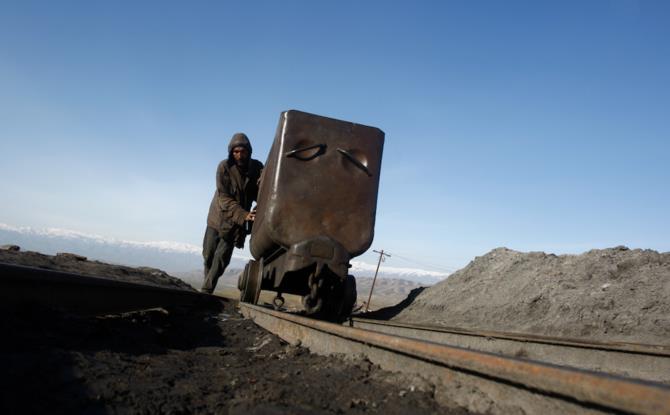
If we assume that what is happening simultaneously in Libya, Algeria and Sudan represents a series of popular uprisings and a collective desire for political change, then we are witnessing the second chapter of the Arab revolutions that erupted in 2011.
The difference, however, between the two chapters is the tepid manner in which Arabs seem to be receiving the second one — with much skepticism and little enthusiasm. How can we identify people’s feelings amid the absence of surveys at a time when the streets of Algiers and Khartoum are packed with hundreds of thousands of protesters?
Indeed, the demand for change aside, there are significant differences between the revolutions of early 2011 and what we see and hear today. There is skepticism about the motives of the new uprisings, being openly expressed by intellectuals. Moreover, there is concern about change despite the popular anger toward the regimes targeted by the protests.
Who can guarantee that these countries will not end up like Syria, where the regime stayed and the country was devastated; or like Yemen, where the revolution was hijacked; or even like the countries that achieved change and established stability — Tunisia and Egypt — but only after having gone through phases of difficult transitional disorder? Perhaps change could have been achieved without having to go through such a difficult labor.
No doubt enthusiasm has faltered regionally because the results of the so-called Arab Spring have been a terrible nightmare. Even in the positive uprising in Sudan, which is growing with time and reflects a long state of unrest, demonstrators have not demanded anything except to change the regime that is stifling the Sudanese people, but there is no sign yet of a better replacement. Leading opposition figure Sadiq Al-Mahdi reflects the current disfavored rule and an old religious and family image with whic
h the Sudanese people are now fed up.
In Libya, change has come from above — from the army, which has decided to refuse to share power with the militias, taking the risk of confronting local, regional and international forces. It has been an armed uprising, not a peaceful one, which has won great support and may, according to opponents, establish a dictatorial regime.
However, eliminating the legacy of the 2011 revolution is a popular demand because it has torn Libya apart and put people’s lives in danger every day. Unlike in Sudan, where people have risen up against the longstanding status quo, in Libya there is a revolution against the revolution.
As for Yemen, there is a war on the coup led by the Houthi militias. The war aims to re-establish the legitimacy of the 2011 revolution and get rid of those who hijacked it, including the Houthis and the insurgents supporting the former regime.
The situation in Algeria looks like a proactive process for a larger popular revolution. The streets and squares have welcomed demonstrators under the army’s protection. This is almost a repetition of the scenario that took place during the 2011 revolution in Cairo, as army forces and tanks filled the Tahrir Square and the streets surrounding it to help protect the demonstrators after the security forces vanished from the streets.
In fact, the military establishment in Algeria has led the ranks of protesters, announced its demand for change, compelled President Abdelaziz Bouteflika to step down and pull out of the presidential election, and then got rid of most pro-regime leaders, either by dismissal or arrest. The popular-military revolution continues to work on new arrangements for change.
Libya, Algeria, and Sudan represent a new wave of change, but it does not have the same spirit and climate as the Arab Spring. Even the international powers that had raced to welcome the earlier revolutions are now silent via-a-vis this wave, except for a few warnings and calls for peace.












